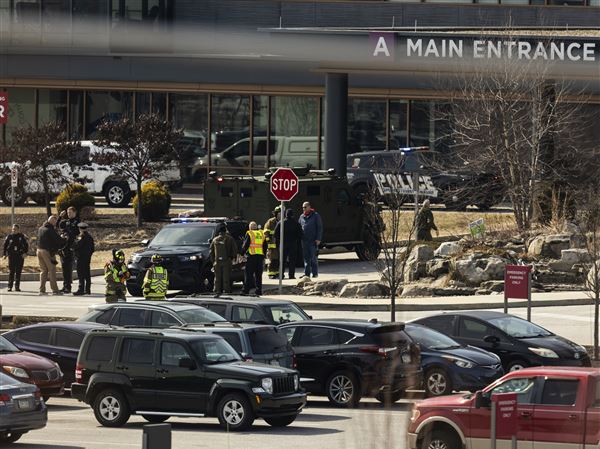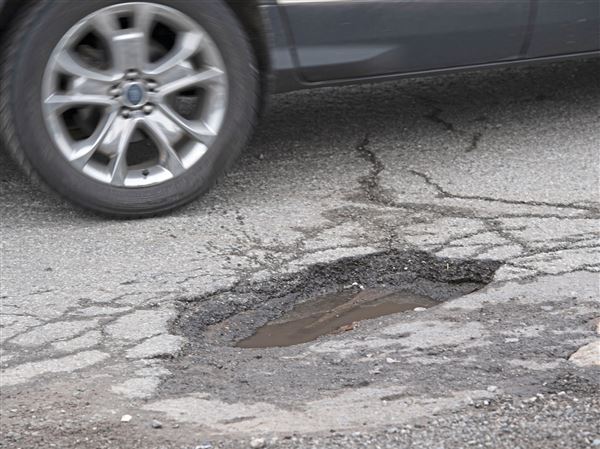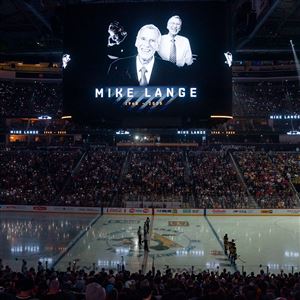Alzheimer’s disease and other forms of dementia represent for many people their worst fear related to aging, even more than cancer.
After all, with cancer you still have your identity despite the pain, and there’s a good chance of helpful treatment; losing your memory and mind from Alzheimer’s irrevocably robs you of any understanding of your place in the world and how you’ve fit in among the 7 billion-plus individuals with whom you’ve shared the planet.
We thus always appreciate the chance to accentuate anything positive about dementia (which comes in various types including Alzheimer’s, the most common). A new report from the analytical Population Reference Bureau concerning dementia trends is not exactly uplifting in tone, but it does offer silver linings.
The national Alzheimer’s Association, which lobbies for increased federal funding to combat the disease, frequently succeeds in getting publicity for its estimates that 5.5 million Americans have dementia and that the number could swell to 13.8 million by 2050 if no breakthroughs occur in prevention.
What’s cited less frequently, but is emphasized in the PRB’s “Dementia Trends: Implications for an Aging America,” is that while the number of people with dementia keeps increasing with the aging of the population, the likelihood of any one individual having the disease has diminished. That’s attributed in part to higher levels of education among today’s older adults than was formerly the case, as educational levels apparently build up more reserves and resilience in the brain to ward off Alzheimer’s.
The report noted that from 2000 to 2012, according to a national Health and Retirement Study, the percentage of Americans 65 and older with dementia decreased from 11.6 percent to 8.8 percent. That occurred while the average years of education among the age group increased by about one year. Similar findings of decreased prevalence of dementia turned up in a small but long-running Massachusetts study focused on individuals of higher income and more education than the general population.
The upshot is that while the volume of victims of Alzheimer keeps unavoidably rising due to sheer baby boomer-related demographics (in lieu of any preventive treatment being found), other societal shifts are moderating the growth.
“The decline in dementia prevalence likely reflects the expanded educational opportunities in the United States following World War II that will continue to have an impact for several decades,” the report said. People with more education tend to live healthier and have better results in all kinds of ways. In the case of declining brain function, the report noted that the greater extent of mental exercise employed in modern-day work also appears to be a buffer; it’s not just a factor of time spent in the classroom.
The PRB isn’t saying everything’s a rosy picture. Rates of obesity, diabetes and cardiovascular disease — all of them often intertwined with dementia — have continued increasing. The increasing percentage of older adults who are minorities could also change dementia rates for the worse, as blacks and Hispanics have historically had higher risk than the white population. Even the educational factor is expected to become less of a help in rates, as the biggest gains in educational levels have already presumably been made.
So the likelihood of many Americans avoiding their worst nightmare remains murky. Right now, an estimated one of about every 10 Americans over 65 and one of three over 85 have dementia. A recent report from the National Academies of Science, Engineering and Medicine concluded that the best thing mentally healthy people could do to protect themselves is to make a long-term habit of physical exercise, mentally stimulating activities and blood pressure control. Even those, however, offer no guarantee.
So take the Population Reference Bureau’s description of moderating rates for what it is: a sliver of positive spin among an otherwise bleak outlook. That’s better than nothing, at least.
Gary Rotstein: grotstein@post-gazette.com or 412-263-1255.
First Published: July 18, 2017, 10:21 p.m.
















